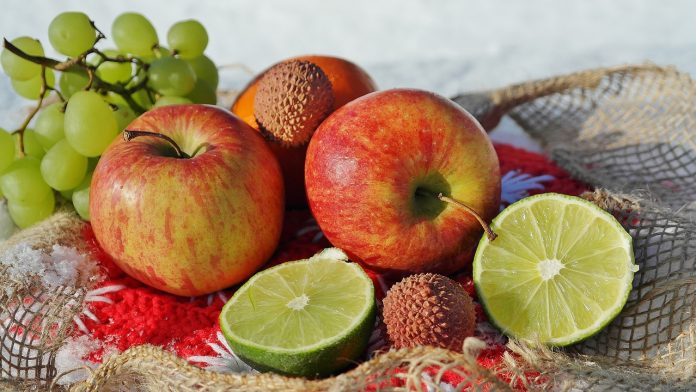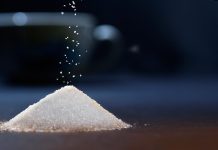
I am somewhat confused over the “flour” ingredient component on the ingredient list of various bread. One will say “wheat flour”, another says “enriched flour (wheat)”, another “enriched flour (flour)”, another “stone ground wheat flour”, etc. How’s a regular (fiber-pun intended!) person supposed to assess the relative value of these statements?
Can you give some direction on the merits of each, particularly as it applies to whole wheat, stone ground wheat, cracked wheat, etc.? Thanks for your interest.
The ingredient listing on food labels contains the raw ingredients in decreasing order used in the manufacture of that particular food. Typically the type of flour describes the milling process (how the grain was ground into a flour) i.e. was the bran (outer coating) and/or the germ (oil portion) included AND any treatment applied after milling i.e. enrichment (add vitamins and minerals lost during processing) or bleaching (natural aging of flour during storage or achieved with chemicals that oxidize the yellow pigment and improve the baking quality of the flour).
The following wheat flours do not include red durum or semolina, which contains bran specs from durum and both are used in the manufacture of pasta. Nor are soft wheat flours included, which are used in the manufacture of cakes, cookies, and pastries. Bread flours are made from hard wheat, which contains more gluten (protein) and provides structure to bread.
Wheat Flour is made by grinding wheat and typically does not contain the bran or germ.
Enriched Flour (wheat) is wheat flour (no bran or germ) that has been enriched with thiamin, riboflavin, and niacin and may include Vitamin D, iron and calcium that are lost during flour processing.
Enriched Flour (flour) is the same as the above except that the source of the grain is not identified. Other grains such as rye, oats, barley or soybeans can be used in the making of this flour.
Stone Ground Wheat Flour describes how the wheat grain was milled. Again since the word “whole” is not included and this flour does not contain the bran or germ of the wheat grain. Similar to wheat flour other than how the grain was milled.
Grinding the entire wheat grain makes whole Wheat Flour, including the bran and germ. Other ingredients may be included such as malted wheat, wheat flour, and barley flour. It is also called graham flour and entire wheat flour.
Cracked Wheat is made by cracking the wheat grain into angular pieces and is similar to whole-wheat flour in composition, but the flour has coarse flecks of brown rather than a uniform size particle.
The choice that consumers have is whether or not they want “white” bread or “whole” wheat bread. White bread contains very little fiber but is usually enriched. Whole wheat bread contains some fiber and how much depends on whether or not some white flour has been added as well. I usually recommend that persons choose bread that has whole-wheat flour as the first ingredient with no white flour added. If a person needs to eat a low fiber diet then they should choose bread with white flour as the first ingredient with no whole-wheat flour added.
The food label will contain the nutritional content of 1 slice of bread, which you can use to compare between various bread. You may find that white bread is higher in thiamin, riboflavin, and niacin because of enrichment. Whole wheat bread will be higher in fiber and other trace minerals, which may or may not be listed on the label since they are not required by FDA.
Hope this straightens out the confusion over flours on food labels of bread.



